Background
Note that np.copy is a shallow copy and will not copy object elements within arrays. This is mainly important for arrays containing Python objects. The new array will contain the same object which may lead to surprises if that object can be modified (is mutable):
Based on 3.2 Memory layout, I suppose array a would be pointing to a memory region that contain the 64 bit float numbers.
Said differently, an array is mostly a contiguous block of memory whose parts can be accessed using an indexing scheme.
Because the document said np.copy is a shallow copy and will not copy object elements within arrays, I supposed the memory region will not be copied but referenced.
However, the copy is not a view to the original array and the memory region/address are different because x[0] == z[0] is False after x[0] = 10```.
x = np.array([1, 2, 3])
z = np.copy(x)
print(f"x.base {x.base} z.base {z.base}")
---
x.base None z.base None
x[0] = 10
print(x[0] == z[0])
---
False
print(f"x.base {x.base} z.base {z.base}")
---
x.base None z.base None
Questions
What is np.copy(a) actually copying?
If it is a shallow copy, why a different memory area is allocated to z[0]? Is it actually copying objects of the array x which should be called deep copy? Or is it copy-on-write?
Or does shallow copy mean, "when an element of np array is a mutable container such as list, then np.copy will not deep-copy the content of the container"?
Please help understand what exactly z = np.copy(x) does and what happen when assignment operations occur to z.
